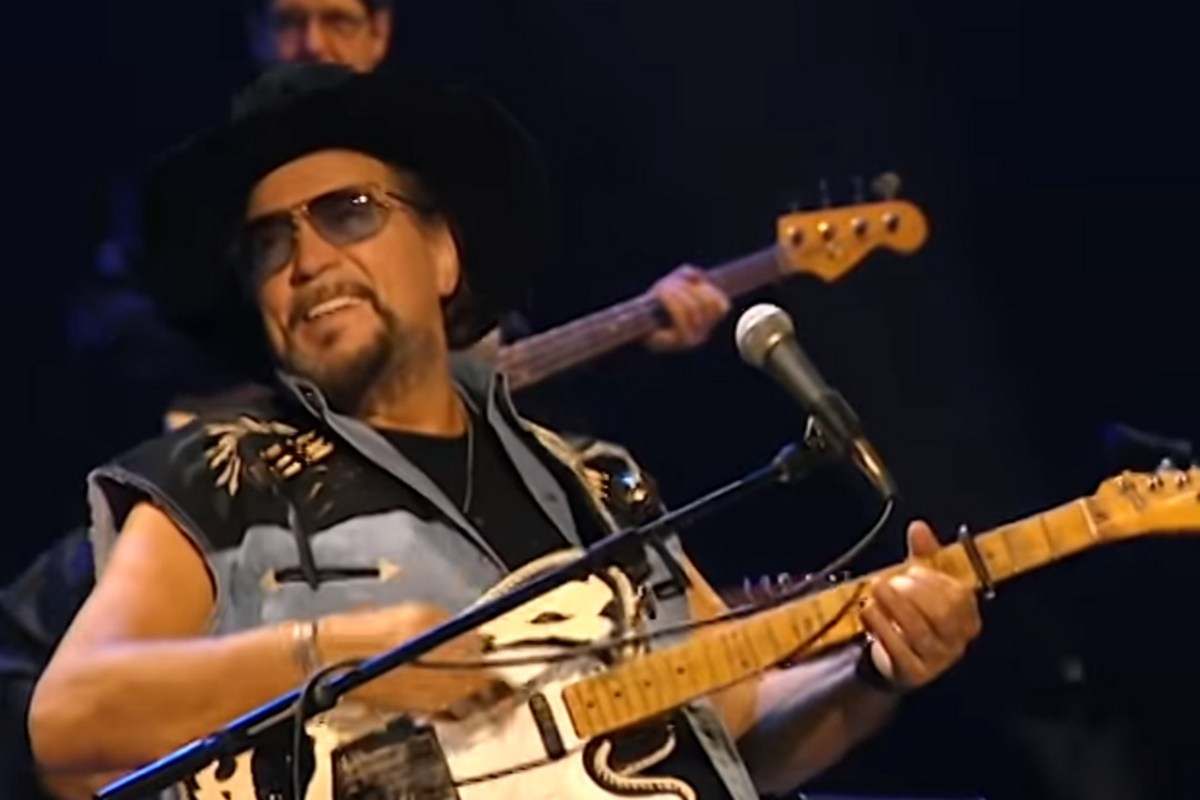
About the Song
Released in September 1986 as a single from his album Will the Wolf Survive, “What You’ll Do When I’m Gone” became a Top 10 country hit, reaching number 8 on the Billboard country chart. Wikipedia+1
In this song, Waylon really opens up. The lyric captures the moment of realization that time is moving—and that someone you love may one day ask themselves: “What will I do when you’re gone?” Jennings sings not with bravado, but with a reflective honesty. His voice, seasoned by years on the road, carries both the weight of awareness and the quiet ache of leaving something behind.
Musically, the piece carries mid-1980s country production—cleaner than the rougher outlaw era—but Waylon’s presence keeps it grounded in authenticity. There’s a sturdy rhythm, a twang of guitar, and a vocal delivery that doesn’t shy from the emotional core. He doesn’t embellish; he delivers. And that straightforwardness is what gives the song its power.
For older listeners, “What You’ll Do When I’m Gone” might evoke more than just the end of a relationship—it can mirror the transitions in life itself: children growing up, partners moving on, the passage of health or time. It becomes a song about legacy, reflection, absence and what remains when someone once central to your world is no longer there.
Within Jennings’ career arc, this track stands out because it reveals a man at a new chapter—still strong, still present, but perhaps more aware of impermanence. It isn’t about rebellion or show-downs; it’s about honesty, vulnerability, and the unspoken questions we all carry: When I’m gone, what will you remember? What will you feel?
In short, “What You’ll Do When I’m Gone” remains one of Waylon Jennings’ most emotionally layered songs—proof that a man who once forged his reputation on defiance also knew how to sing of regret, of change, and of what it means to leave an imprint on someone’s life.